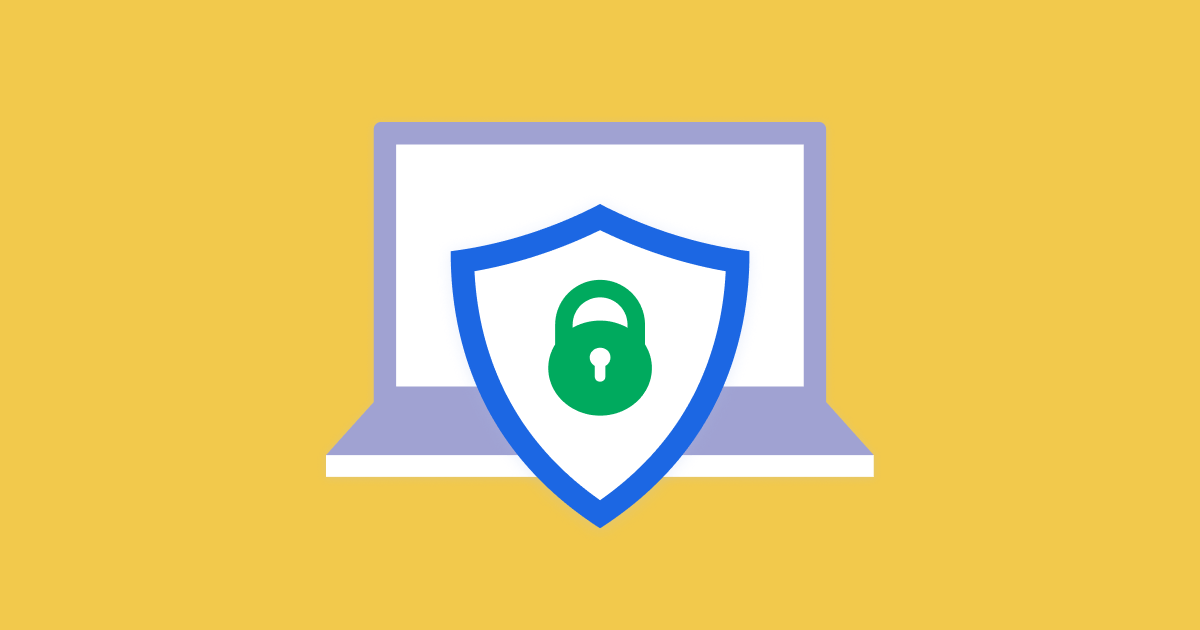No matter how careful you are online, the risk of malware and other cyber threats is always present.
It’s important that you develop a risk assessment process to protect you and your Mac from a potential security incident.
When it comes to intrusion detection mechanisms, having a list designed to identify vulnerabilities is the simplest way to reduce your computer’s security risk.
There are many ways to identify threats and take steps to reduce security incidents. Below, we’ll explain how to conduct a cyber security risk assessment so that you can stay on top of your risk management.
5 Steps To Conduct A Cybersecurity Risk Assessment
Step 1: Cybersecurity Risk Assessment And Risk Rating
The first step to evaluating risks is the most straightforward but is also foundational.
You need to determine how thorough your vulnerability assessments already are and how likely you are to encounter a cyberattack based on your internet activity.
So, are you a user that ends up on sites with invasive pop-up ads? Do you download and share files that may contain malware or other cyber risks?
Don’t worry if you do, it’s a very normal part of life on the internet. It’s simply important to know what your risk of exposure is when analyzing your risk mitigation process.
For the purposes of this article, we’ll assume that your exposure to security threats is high.
With that in mind, the scope of your assessment needs to be very thorough. As versatile as a Mac computer’s security controls are, malicious threat actors know how to exploit and bypass data protection efforts.
Step 2: Identify Assets And Prioritize Risks
The next thing to consider when implementing cybersecurity risk assessment measures is what cyber risk assessment features your Mac comes equipped with.
Any active security policies that your Mac has are a valuable asset when it comes to risk management. They work to provide risk assessments and put security controls in place that keep your Mac safe.
While these are valuable, they can only do so much and some are not enabled on your Mac. Some features on your Mac also leave you vulnerable.
So, you need to determine which areas of security are lacking and how much risk they pose.
Step 3: Determining Risk
Another factor of risk assessments is determining what is at stake. Risk assessment reports have no meaning if you aren’t aware of the value of the data you’re trying to protect.
Knowing what you stand to lose is a key factor in risk analysis. For example, employees of small and medium businesses often carry critical systems with them when they travel.
This includes intellectual property data, customer data, information assets, and trade secrets.
Most businesses’ critical assets are digital now. Having those valuable assets compromised or stolen can damage the entire organization.
If your risk is high, you know you need to put more extensive security measures in place.
A comprehensive cyber risk assessment report will help you determine exactly what measures you need to enhance security.
Step 4: The Risk Assessment Report
When considering the risk management process, understanding your Mac’s inherent flaws and vulnerabilities is key.
Risk assessments are about more than just keeping your data safe. It is also about understanding how data breaches occur.
So, after identifying your vulnerabilities and threats, you can put together a risk assessment report that documents all this information.
It should list each vulnerability and threat and outline what measures to put in place to lessen information security risks, data breaches, and other risks.
This will serve as your risk management strategy and help you develop a good risk management policy as a standard guide for you and your team to follow.
Step 5: Implement Security Measures
After drafting your risk assessment policy, you can start implementing security measures.
These can include things such as:
- educating your team on cyber security threats
- putting two-factor authentication in place, and
- installing security software
The most effective threat assessment tool you can access with your Mac is a security app like Pareto Security. It walks you through a number of suggestions for mitigating risk – making cyber security a breeze!
Pareto Security is a risk management business that scans your Mac’s security features. The app then provides reliable cybersecurity risk assessments.
Conclusion
When it comes to security, you really can’t afford to take risks or treat security lightly. Cybersecurity needs to be one of your top business priorities.
Dealing with an identified threat within a reasonable period of time is crucial to maintaining business operations and keeping sensitive data safe.
